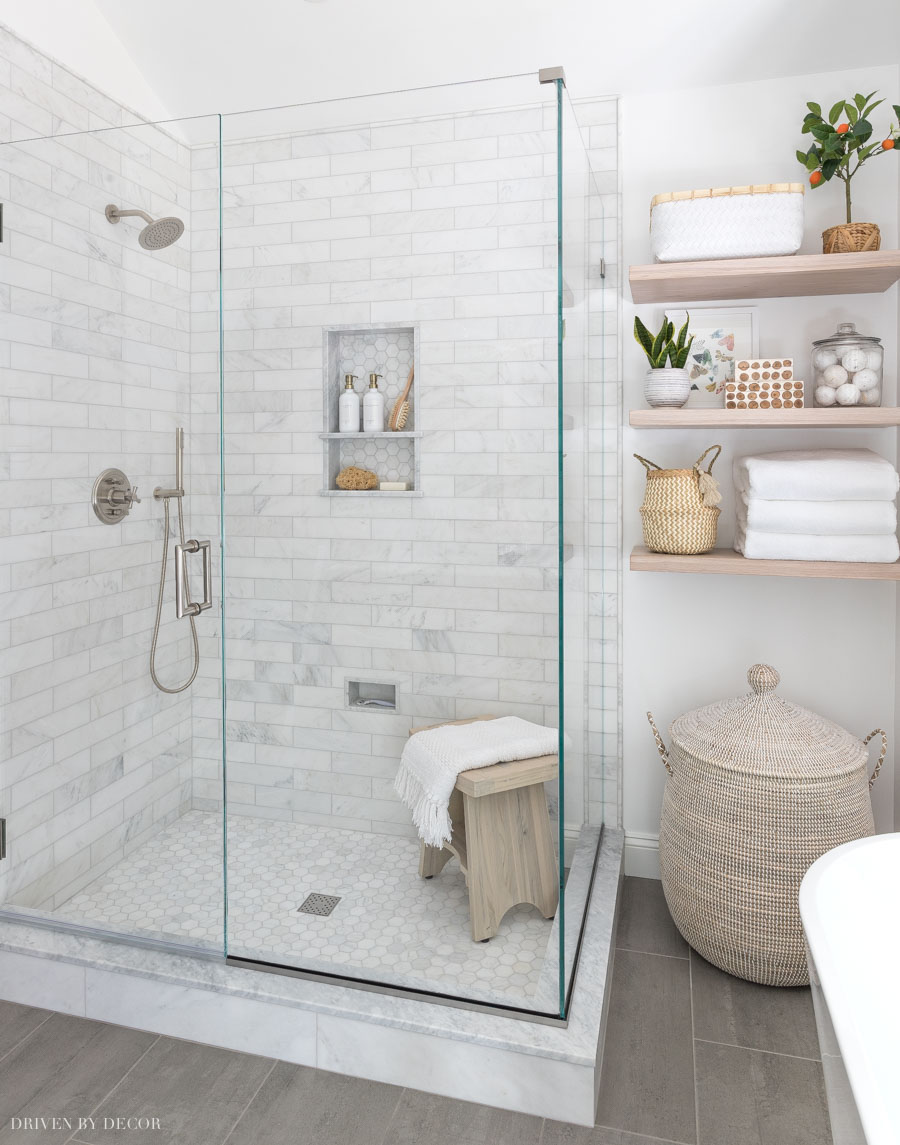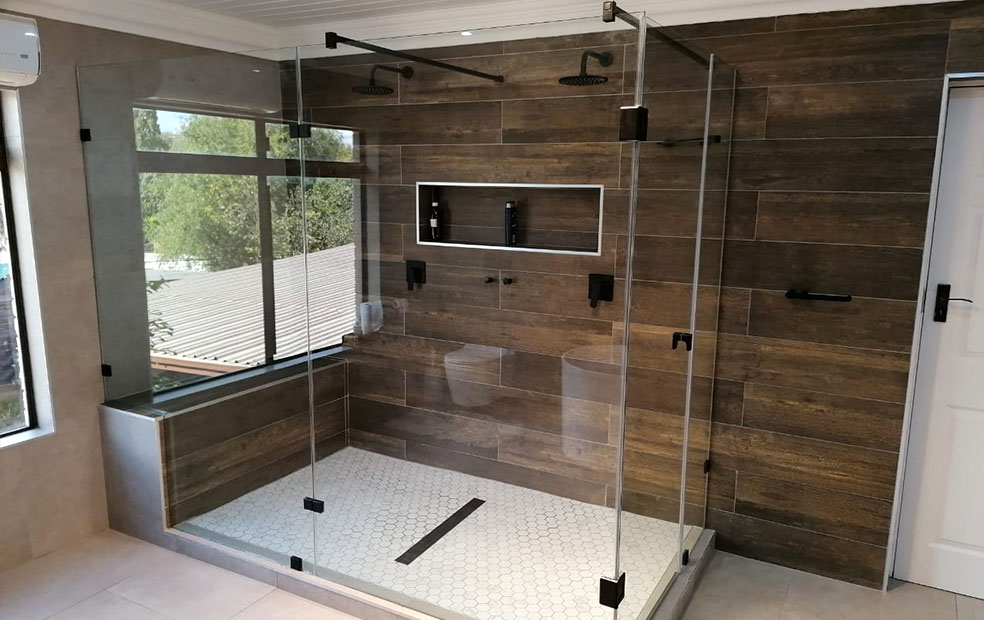This post down below relating to How to Install a One-Piece Shower Unit is immensely captivating. Check it out for your own benefit and figure out what you think about it.

An effective shower installment calls for cautious planning and also a lot of job. Most of the times, you will certainly need to do 3 types of tasks: mounting walls, mounting the plumbing, and also finishing wall surfaces.
Preparation
Firstly, you need to decide on the type of shower that you desire to mount. It is very important to identify whether the picked shower is capable of managing particular systems and also can manage a risk-free degree of water via the boiler. Most shower units nowadays are created to be adaptable to various water stress (such as stored warm water and chilly keys).
It is also vital to take into consideration the water stress as well as the preparation of the piping and also drain for the shower
Different Sorts Of Shower Units
Technique
Depending upon the kind of shower you want to mount, the shower head must either be suited order to prevent its contact with the water in the bathroom listed below or the base tray, or it needs to have a check shutoff.
Prior to beginning, it is recommended to mark the positions of the shower head as well as control, as well as to plan the pipe-work involved. Additionally, the drainage system to get rid of the drainage will certainly need to be prepared. Both settings of the cable television route and the shower button will additionally require to be taken into consideration if a rapid or electrical shower device is being installed.
Make use of the guideline overview offered with the shower unit to fit the shower control.Before suitable the pipes that will supply the water to the shower system, it is important to remove the water. In order to protect the pipes, they must be provided a water-proof covering as well as also fitted with separating shutoffs. The pipes can then be hidden right into the wall and glued over to neaten the overall appearance.
Fit the base tray, shower head, as well as fittings.
Connect the main shower control to the pipelines that will be providing the water (This may need a female screw string adapter).
Reconnect the water system as well as examination the pipelines for any type of leakages, as some may require tightening.
If you are mounting an electrical shower, remember to turn off the electrical energy supply before making any kind of electric connections. When these connections have actually been made (there need to be assistance within the instruction manual), the power supply can be switched over back on.
Adjusting Water Stress to Suit Your Shower
The cold water tank can be lifted to a higher height (sometimes as low as 150mm (6inches)) by fitting a strong wood assistance under it - potentially made up of struts as well as blockboards. If you pick this alternative, the main as well as distribution pipes will certainly also need to be raised to fulfill the new elevation of the reservoir.
Additionally, a booster pump (a solitary pump or a dual/twin pump) can be fitted. Whichever type is selected, it has to be connected right into the power supply in order to operate.
Piping and also Drain
It is best to make use of 15mm diameter supply pipelines, as well as make the go to the shower as short and straight as feasible so regarding maintain optimal stress and also reduce warm loss. In addition, by minimising making use of elbows for pipeline edges, you can decrease the resistance in the flow of the water system. You can attain this by bending the pipes rather.
Most Typical Errors
How Do You Install a Shower? Follow This Guide
Installing a Shower at a Glance
Tools & Materials: Level, electric drill, caulk, hole saw, cedar shims, shower unit Step 1: Drill pilot holes Step 2: Prep fixture holes Step 3: Move unit into place Step 4: Caulk corners and base Step 5: Attach door Step 6: Install shower pan Whenever plumbing is involved in a DIY project, people worry about what might go wrong. The truth is that installing a shower isn’t that complicated, and you can save a lot of money by doing it yourself. You shouldn’t need to make any alterations to your plumbing to complete the job, and most of the tools you need will be provided in your new shower kit.
Can I Install a Shower Myself?
Even if you’ve never installed a shower before, you’ll find this to be a project that is perfectly suited for DIYers with a moderate level of experience. Whether you're doing a bathtub conversion or installing a new stall, most of what you need comes in shower kits that you can purchase from a hardware store. The first thing you need to do is determine what type of shower stall you want.
Single-panel stalls are the easiest to install because they come preassembled. All you need to do is put them in place. Multi-panel showers require a few additional steps, but you’ve got more control over the appearance of your unit. Multi-panel units are also much easier to handle if you’re going to do the installation without any help.
Be sure to take all appropriate safety precautions, such as wearing eye protection and gloves. When you’re removing or installing a shower unit, you might kick up debris that could hurt your eyes. You’ll also need to work with equipment that will get extremely hot, so be sure to have safety gloves handy.
Tools and Materials
2- to 4-foot level Electric drill with a 1/8-inch drill bit Caulk 2-inch hole saw Cedar shims The unit itself Before You Begin: Prep the Space
It’s highly important to measure your space accurately before putting the stall in. Measuring from the floor upward and from each corner outward will ensure you’ve got the right measurements. What you’re looking for is where the plumbing apparatuses are going to come through the stall. Transfer these measurements over to the back of your unit by drawing the locations of these holes using a pencil or marker.
Pull out your old shower and make sure to scrape off all the old caulking. Be thorough because you want to work with smooth surfaces for the best installation. Once you’ve pulled out your existing shower, you need to make sure that the floor is clean and dry. The best way to clean debris is with a shop vacuum, as it’ll soak up water and dirt together.
If you’re experiencing any plumbing issues, such as low water pressure, this is a perfect opportunity to solve them. Make sure that the pipes themselves are not in need of patching and clean your showerhead. When you turn the water back on after your project, check the pipes for signs of wear or disrepair. Anything beyond minor repairs should be handled by a plumber, and this is the best time to bring in a professional.
If the floor has any moisture at all, don’t proceed until it’s completely dry. The last thing you need is for the floor to rot or invite mold and mildew into your base. Once everything is dry, apply waterproof wallboard to the walls. This can be attached with screws or nails, then sealed with caulk so that water doesn’t seep into any crevices.

Do you enjoy reading about Simple ways to Install a Shower Cubicle on Your Own? Place feedback further down. We would be glad to find out your responses about this piece. In hopes that you come back again before long. In case you enjoyed our blog post plz remember to pass it around. Thanks so much for going through it.
Urgent plumbing needs? Seek professionals.